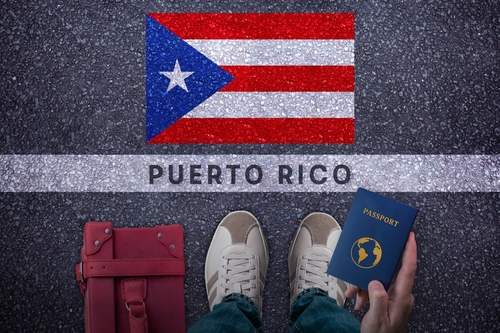“Wait, do you need a passport to go to Puerto Rico?”
If you’ve ever found yourself wondering this, you’re not alone. It’s one of the most frequently asked questions among US travelers planning a Caribbean getaway. The confusion makes sense: after all, Puerto Rico feels like an international destination, yet it’s part of the United States, so do the same rules apply?
Because Puerto Rico is a US territory, traveling there is treated the same as flying to any state on the mainland. You won’t go through customs, deal with foreign currency, or wait in immigration lines. For many Americans, that means you can plan a spontaneous beach trip or visit loved ones on the island even if your passport has expired, and even if you’ve never had one at all.
We here at Remitly are committed to making international travel easy. In this article, we cover everything you need to know before booking your island flight. We’ll explain exactly why Puerto Rico’s unique political status simplifies your trip, what documents to bring, and what to expect at the airport. We also share practical tips for families, non-US citizens, and anyone making the journey with children or boarding connecting flights. Let’s dive in.
Puerto Rico’s status as a US territory
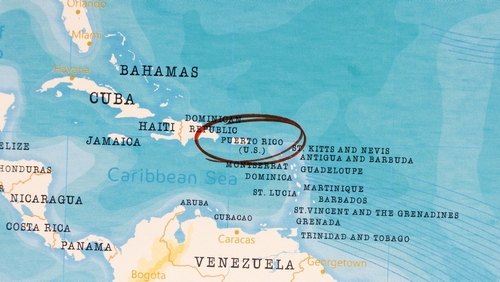
To understand why travel to Puerto Rico differs from visiting other Caribbean destinations, it helps to know a bit about its political relationship with the United States. Puerto Rico is an unincorporated US territory, which means it falls under US sovereignty but isn’t one of the 50 states.
Despite this distinction, the island operates under US federal law, and its residents are US citizens by birth. They also hold US passports, use the US dollar, and participate in federal programs, much like residents on the mainland. However, they can’t vote in the US Congress or presidential elections or participate in the Electoral College.
How does this status affect US territory travel?
Because of this territorial status, moving between Puerto Rico and the continental US is considered domestic travel. Flights operate just like those between states, with no customs lines, no immigration checks, and no need to present a passport.
Instead, you can use the same government-issued photo identification you would for a domestic flight within the US, such as a driver’s license or state ID card.
Puerto Rico’s unique status as a US territory ensures that traveling there feels entirely domestic, offering the warmth and beauty of the tropics without the complications of international entry requirements.
Is it the same in other US territories?
Puerto Rico isn’t alone in this arrangement. Other US territories, like Guam and the Northern Mariana Islands in the Pacific or the US Virgin Islands in the Caribbean, follow similar rules. As a US citizen, you can visit these destinations without a passport, though some may require minor customs screenings on arrival.
This shared policy highlights the convenience of traveling within US territories: Americans can experience tropical beaches and island culture without ever leaving the jurisdiction of the United States.
What documents do you need instead of a passport?
Even though US citizens don’t need a passport or visa to visit Puerto Rico, you still need to carry a valid government-issued ID to board your flight. You’ll be subject to the same domestic travel requirements and checks as when flying within the US.
Accepted ID documents
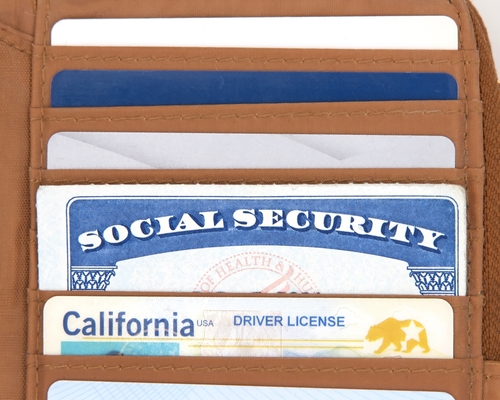
For adults aged 18 and over, the Transportation Security Administration (TSA) accepts several forms of identification.
- The most common is a state-issued driver’s license or photo ID card, which must be current and in good condition.
- Some states also issue enhanced driver’s licenses, which aren’t required for travel to Puerto Rico, but can offer more convenience for frequent travelers who prefer a single, multipurpose document.
However, if you don’t have a driver’s license, you can use other forms of official ID. Just ensure that the document is government-issued and includes both your name and photo. See the full list of ID types that are accepted by the TSA here.
How will the REAL ID change Puerto Rico travel documents?
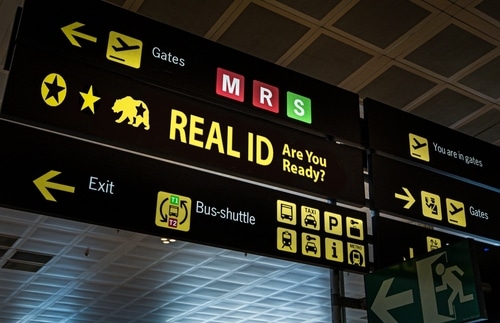
Starting on May 7, 2025, the REAL ID Act took effect nationwide. This federal law requires all travelers to present a REAL ID-compliant driver’s license or ID card when boarding domestic flights, including those to Puerto Rico.
These IDs are marked with a small star in the top right corner. If your current documentation doesn’t have this symbol, you’ll need to upgrade it at your local Department of Motor Vehicles (DMV) office or bring another approved form of identification.
Having the correct identification ensures that traveling to Puerto Rico is as simple as flying anywhere else in the United States: no passport lines, no customs forms, and no unnecessary stress.
Special considerations for different travelers
From immigrants to children of any age, different demographics may be subject to different rules when going to Puerto Rico. But these easy tips could help simplify the travel process.
When traveling with minors

Traveling with babies and minors under 18 can be challenging, but the ID requirements are generally straightforward.
- Minors accompanied by both parents or a legal guardian don’t need to present a photo ID. However, it might be a good idea to carry a copy of the child’s birth certificate to help verify age at check-in or during boarding.
- If a child is traveling with only one parent, a relative, or another guardian, some airlines may require a notarized consent letter from the non-traveling parent. This proves that the accompanying adult has permission to travel with the child and can be especially useful for families with shared custody arrangements.
To ensure a smooth passage through airport security, parents should arrive early and keep documents together in a folder to avoid leaving anything important behind. Also, explain to children what to expect during the screening process, such as the need to remove their jackets and shoes.
Folding strollers before entering security and keeping comfort items like snacks or toys on hand can make the experience easier for both kids and parents.
For non-citizens living in the US
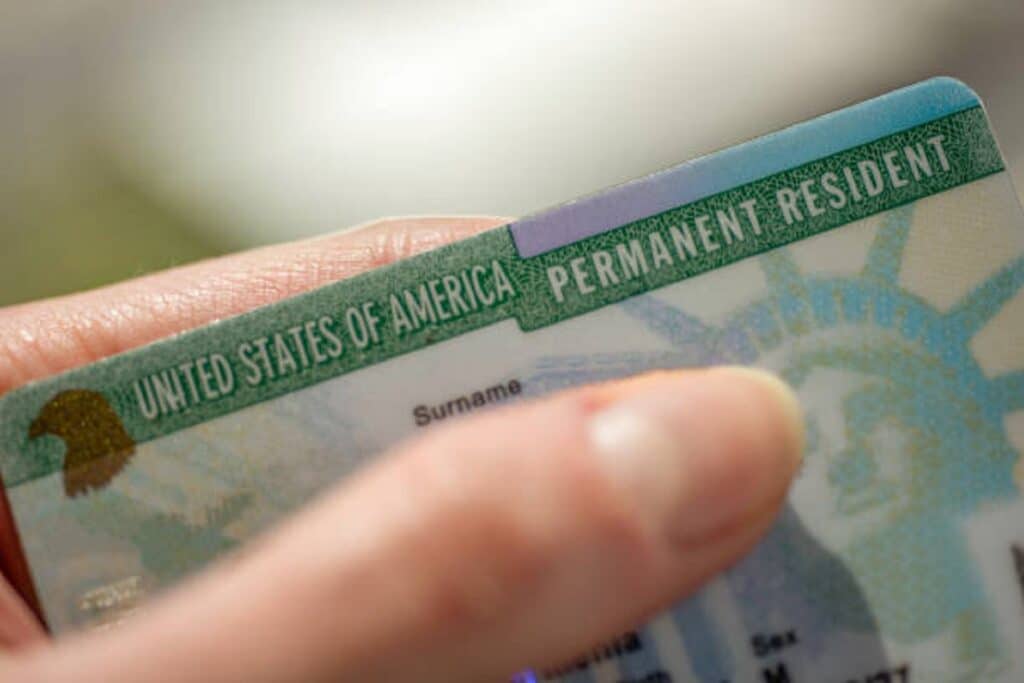
For permanent residents, the journey to Puerto Rico is as simple as passing through the mainland. Green Card holders need just this document alongside a valid, government-issued photo ID—no passport required to exit or re-enter the continental US.
If you’re a visa holder or other temporary resident, such as a student or worker, don’t forget to bring your passport, visa, and supporting immigration documents when traveling. Puerto Rico might count as a domestic destination, but TSA officials or airline staff will still check your legal status before allowing you to board.
Worried about re-entry? Since you’re coming from a US territory, you won’t have to go through customs or immigration when returning to the States. Still, keep all documents accessible and up-to-date to ensure a quick, stress-free experience at the airport.
Connecting flights and layovers
The route you choose for your trip may determine which travel documents you need. Direct flights from the US mainland to Puerto Rico are considered domestic travel, meaning no passport or customs checks are required on arrival. Just present your valid photo ID before boarding.
But sometimes, your itinerary might include a layover in a different country, such as Panama, the Dominican Republic, or another Caribbean nation. In this case, that portion of your trip becomes international. You’ll need a valid US passport to board the connecting flight and enter or transit through the foreign airport.
To avoid any complications, always book direct routes when possible, especially if you don’t have a valid passport. Most major airlines offer nonstop flights to the Puerto Rican capital, San Juan, from major cities like New York, Miami, and Chicago, making it easy to avoid crossing international borders. Plus, carefully reviewing your itinerary before making any bookings will help keep your trip simple, domestic, and passport-free.

What to expect at the airport
Before reaching your island paradise, you first have to go through the notoriously involved airport. Luckily, it’s much easier to travel domestically than it is to cross international borders. You simply have to check in, pass airport security, and board your flight.
Clearing TSA
At the TSA security checkpoint, travelers must present a valid government-issued photo ID, such as a driver’s license or REAL ID-compliant card. Here, the process will also involve:
- Boarding pass check, to ensure the name on your ID matches what’s on your ticket.
- Carry-on luggage check, verifying whether you’ve complied with requirements such as the 3-1-1 liquid rule for liquids.
- Standard screening procedures like removing shoes, emptying pockets, and going through metal detectors or x-rays for more thorough checks.
Make sure your ID is current and keep your boarding pass handy as you pass through screening. And if you want to go even faster, sign up for TSA PreCheck or Global Entry.
Tips for smoother US territory travel
Many travelers assume that flying to Puerto Rico involves customs or immigration checks, but that’s a common misconception. It’s a US territory, so you won’t go through customs or passport control upon arrival or departure.
The only screening you might encounter is from the US Department of Agriculture (USDA), which occasionally inspects luggage for foreign plants, fruits, or meat products to protect domestic agriculture.
For first-time travelers to US territories, here are a few other simple tips to make your trip smoother:
- Arrive early at the airport to allow extra time for security and boarding.
- Keep your ID and travel documents in a readily accessible location.
- Check that your luggage meets the airline’s weight and size requirements.
- Save digital copies of your ID or boarding pass on your phone as backup.
Plan your hassle-free trip to Puerto Rico
For US citizens, Puerto Rico offers all the beauty and warmth of the Caribbean with the simplicity of a domestic flight. Getting there couldn’t be easier. You don’t need a passport, just an official photo ID. Plus, there are no customs forms to fill out, no currency exchanges to navigate, and no border checks to slow you down.
Since airline policies can differ, reviewing your carrier’s specific requirements before you depart could come in handy. Some may have additional rules for minors or travelers using temporary identification, so it’s best to check ahead to avoid any surprises.
So, are you ready to enjoy Puerto Rico’s beaches, culture, and cuisine with total peace of mind? With a bit of preparation, you’ll be set for a smooth, passport-free getaway to one of the most vibrant destinations in the US.
Frequently Asked Questions (FAQs)
Do you need a passport to go to Puerto Rico from the US?
No. US citizens don’t need a passport to travel to Puerto Rico. Since it’s a US territory, the trip is considered domestic and doesn’t require customs or immigration clearance.
What if I only have an expired passport?
An expired passport isn’t valid for TSA screening. Instead, use a REAL ID-compliant driver’s license or state-issued ID card.
Can I use my passport if I want to?
Yes. You can always travel with a passport if you prefer: it’s accepted as identification, even though it’s not required.
What about traveling from Puerto Rico to other Caribbean islands?
If you plan to continue your trip internationally, such as to the Dominican Republic, The Bahamas, or the British Virgin Islands, you’ll need a valid US passport to enter another country.
Do the rules change if I’m taking a cruise?
If your cruise departs and returns to the same US port (a “closed-loop” cruise), you can usually travel with just a birth certificate and government-issued photo ID instead of a passport. However, always confirm requirements with your cruise line.
